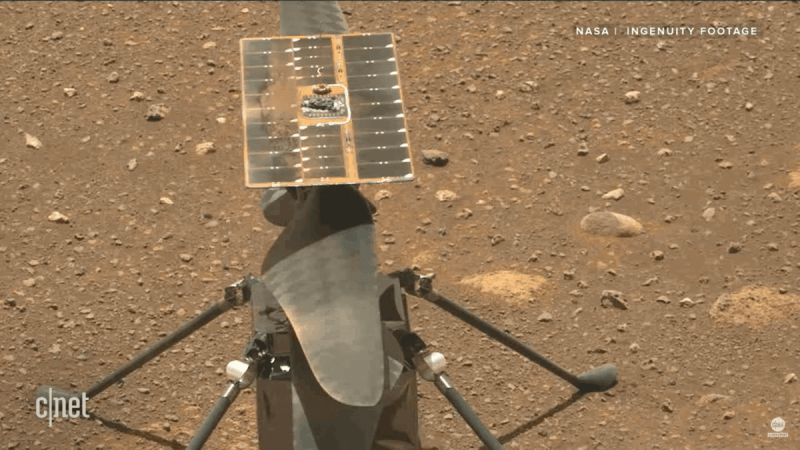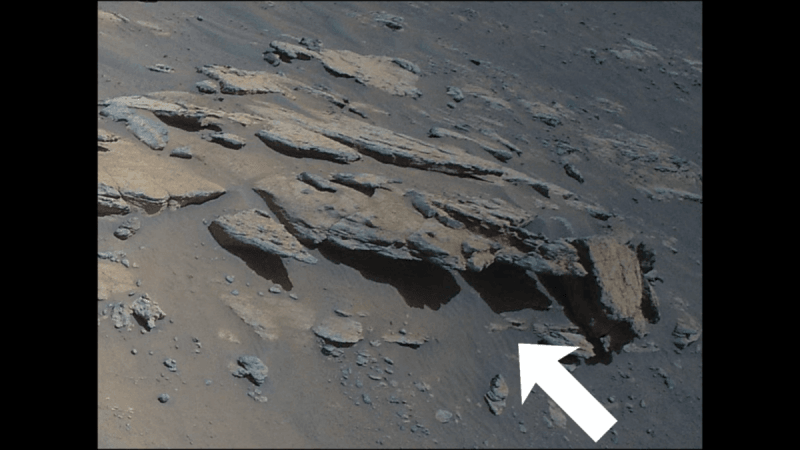On September 4, NASA's Ingenuity Mars Helicopter obtained a photograph of the geologic target, named "Faillefeu" by the Mars rover team. This image was captured on the aircraft's thirteenth trip and is best viewed through red-blue glasses.
The data from two photographs captured 5 metres apart by the colour camera aboard Ingenuity were combined to create this stereo, or 3D, view (also known as an anaglyph).
About 10 meters wide, the mound is visible just north of the centre of the image, with some large rocks casting shadows. Stretching across the top of the image is a portion of "Artuby," a ridgeline more than half a mile (900 meters) wide.
The space agency added that near the bottom of the image, flowing vertically up towards the centre, were a handful of the numerous sand ripples that characterise Mars' Jezero Crater's South Seitah region.

What exactly is this Ingenuity helicopter?
JPL constructed the Ingenuity Mars Helicopter and also handles the operational demonstration activity for NASA Headquarters during its prolonged mission. It is funded by NASA's mission directorates for Science, Aeronautics Research, and Space Technology.
Ingenuity is observing regions of interest for possible study by the Perseverance rover in its operational role. Ingenuity was carried to Mars on the underbelly of Perseverance, which landed in the Jezero crater.
NASA's Ames Research Center in California's Silicon Valley, and NASA's Langley Research Center in Hampton, Virginia, provided significant flight performance analysis and technical assistance during Ingenuity's development. Aero Vironment Inc., Qualcomm, and SolAero also provided design assistance and major vehicle components. Lockheed Martin Space designed and manufactured the Mars Helicopter Delivery System.

Perseverance Rover
The Perseverance rover being monitored by the JPL, controlled by Caltech in Pasadena (California) for NASA is intensely searching for any evidence on the red planet, especially for traces of ancient microbial life.
The rover will study the planet's geology and previous climate, lay the route for human exploration of Mars a decade from now and be the first mission to gather and cache Martian rock and regolith.
Subsequent NASA missions, in cooperation with ESA (European Space Agency), would send spacecraft to Mars around 2008 to collect these sealed samples from the Mars surface and bring them to Earth for an in-depth analysis.

















